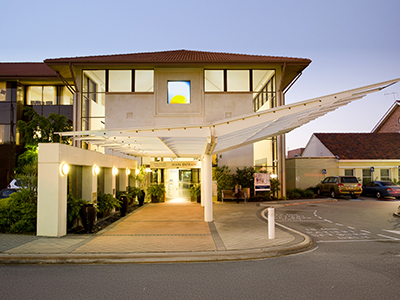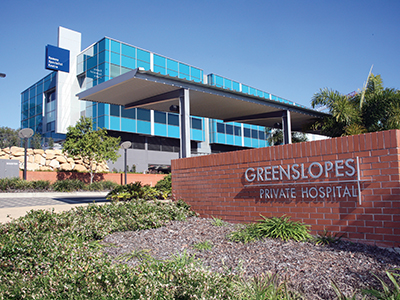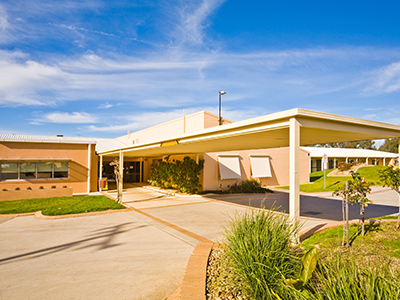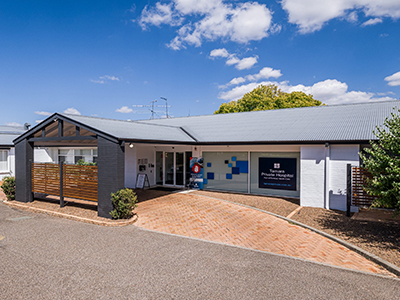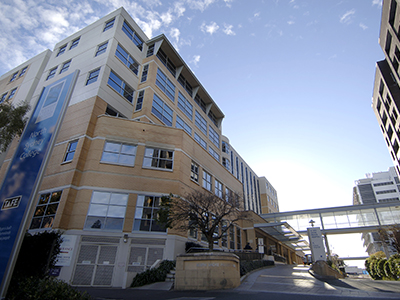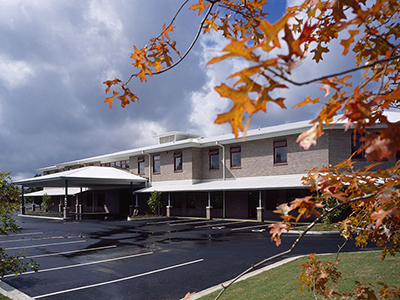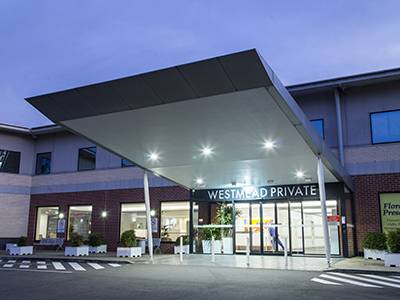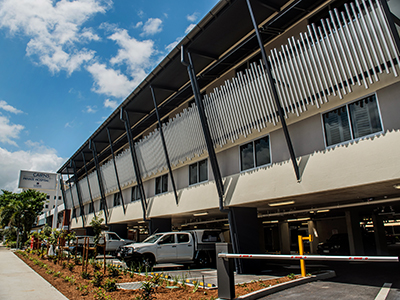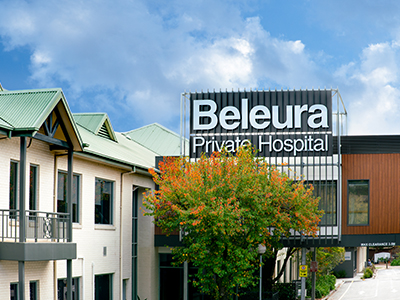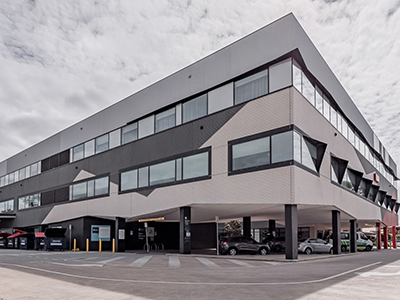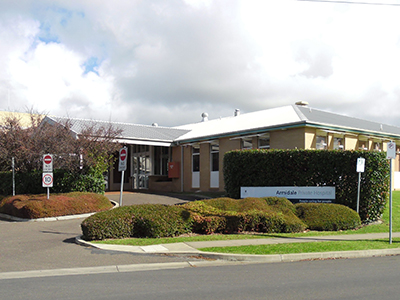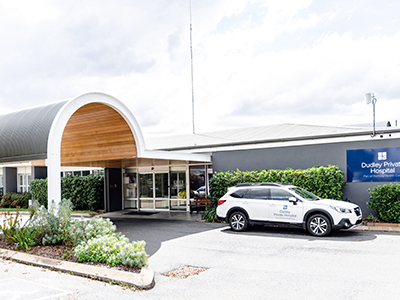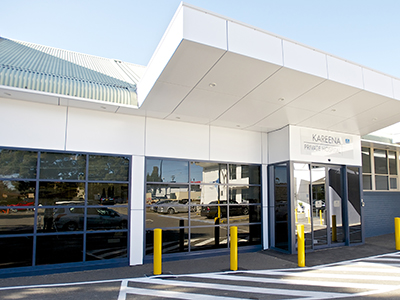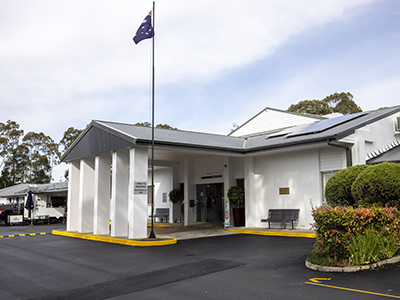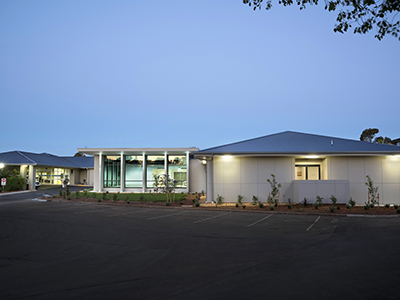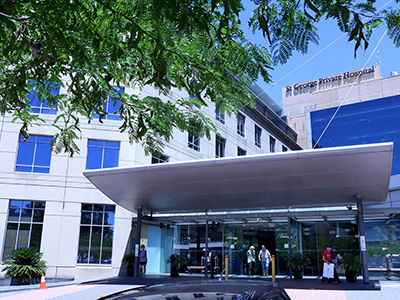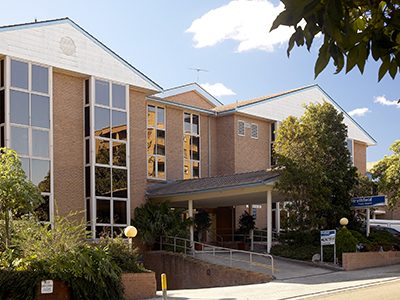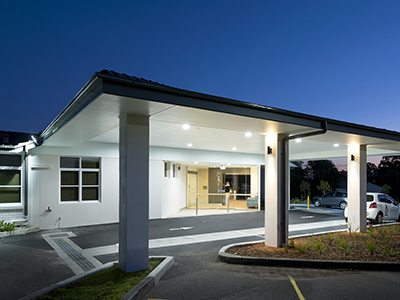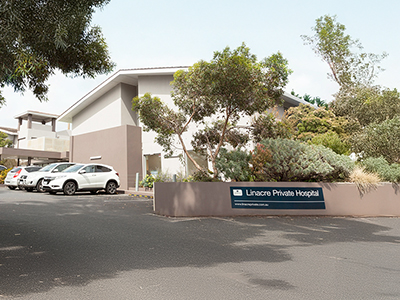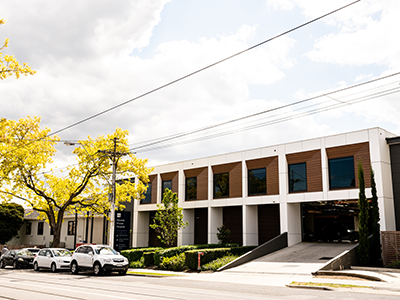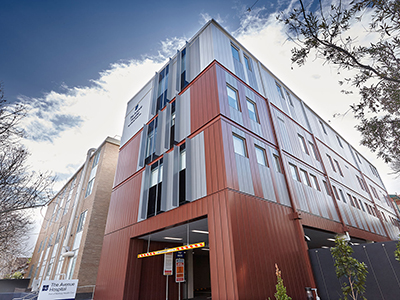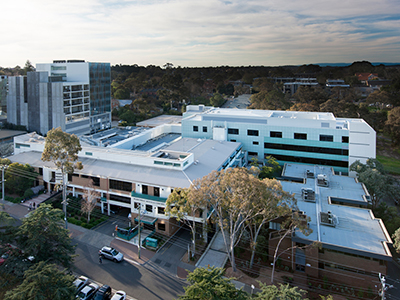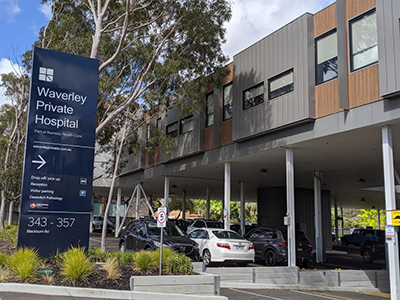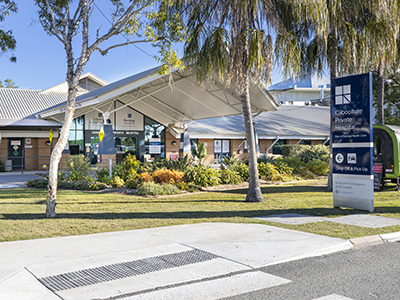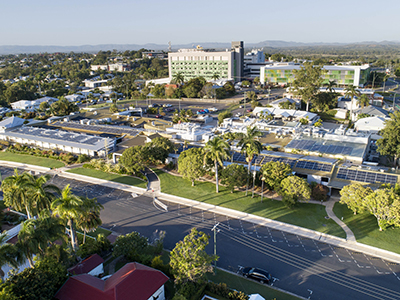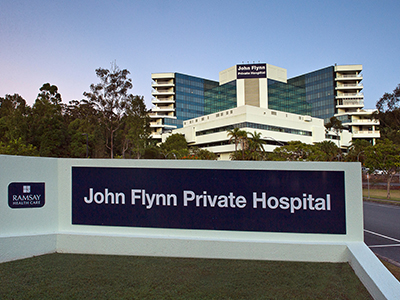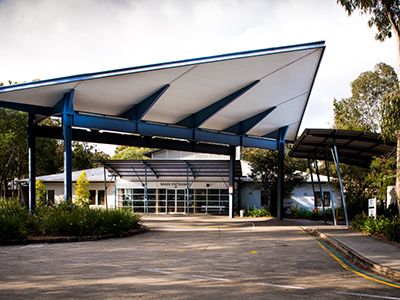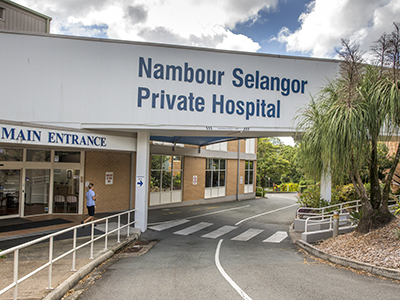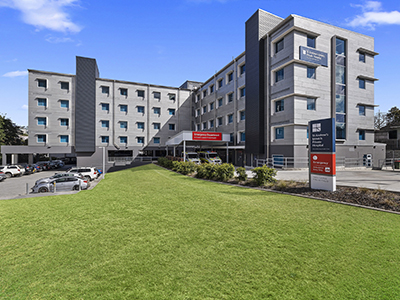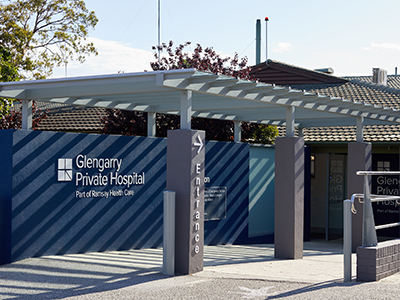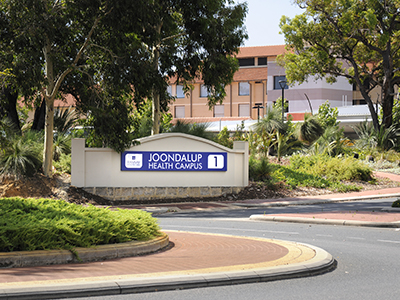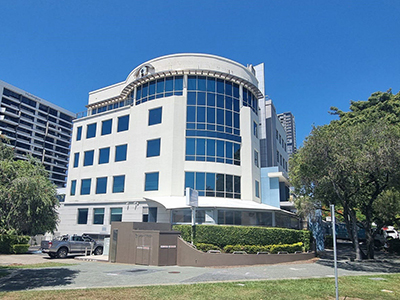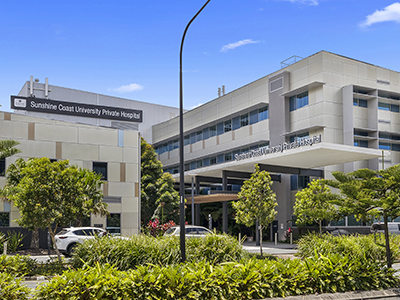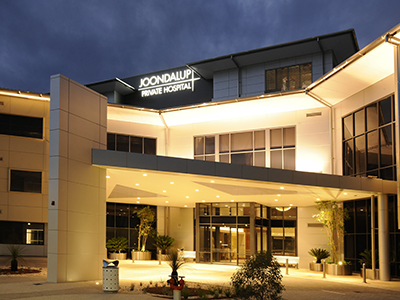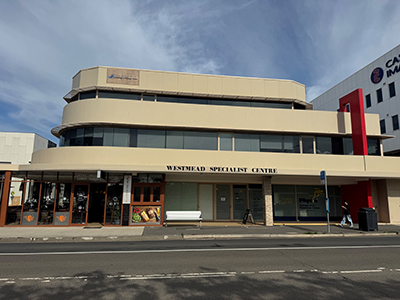Gynaecology
Gynaecology is the medical specialty that focuses on the female reproductive system. These services are often provided alongside obstetrics, which supports women during pregnancy, childbirth and the postpartum period.
Doctors who specialise in this field are known as obstetrician-gynaecologists (OB/GYNs). They provide care and treatment for a wide range of concerns, including endometriosis, adenomyosis, fertility issues, long-term or permanent contraception, and cervical and ovarian cancers.
Urogynaecology is a subspecialty that diagnoses and treats conditions affecting the female pelvic floor and urinary tract. This includes urinary or faecal incontinence, pelvic organ prolapse and bladder disorders. Doctors in this field are called urogynaecologists.
At Ramsay Health Care, your gynaecology care team will work closely with you to create a plan based on your needs and priorities. With our holistic approach to health, you’ll also have access to a wide range of additional services, all in one place.
Common conditions
Each Ramsay Health Care hospital is unique, with its own dedicated teams and specialisations. Below are some common obstetric and gynaecological conditions they may treat or support:
- chronic pelvic pain
- endometriosis
- gynaecological cancer
- high-risk pregnancies
- hormonal concerns and menopause
- infertility
- menstrual disorders
- ovarian and fallopian tube disease
- ovarian masses
- polycystic ovary syndrome (PCOS)
- uterine fibroids
- urinary incontinence
- uterovaginal prolapse
Services overview
Ramsay Health Care offers a broad range of gynaecological health services around Australia. Here is a general guide to some of the most common. Click the plus sign (+) on the right-hand side of any heading to expand and view more information.
Adnexal surgery
Adnexal surgery is used to treat conditions affecting your ovaries or fallopian tubes. It’s a laparascopic (keyhole) procedure, and it’s often used to remove blockages, tumours and cysts.
Colposcopy
An investigative surgical procedure used to examine and possibly biopsy abnormalities in the cervix. Someone might be referred for a colposcopy if they have an abnormal pap smear result.
Endometriosis surgery
Endometriosis surgery is a laparascopic (keyhole) procedure used to diagnose and treat endometriosis. The surgeon uses a tiny camera to search for signs of the disease. If they find endometrial tissue, they can often remove it at the same time.
Fibroids surgery (myomectomy)
Fibroids are benign tumours that can grow in the uterus. While they are not cancerous, they can cause pressure, frequent urination, pelvic pain, infertility, and heavy menstrual bleeding. Fibroid surgery is known as myomectomy.
Gynaecological oncology
Gynaecology oncology is a broad term that covers many types of treatments for ovarian, vaginal, uterine, cervical, and vulval cancers. This can include surgery, chemotherapy and targeted therapy.
Hysterectomy
A hysterectomy is a surgery to remove the uterus. Sometimes the fallopian tubes are removed as well. Depending on the case, it can be performed as laparascopic (keyhole) or open surgery.
Hysteroscopy
Hysteroscopy is a procedure that uses a small telescope to look inside the uterus. It can be used to investigate issues such as heavy or irregular periods, abnormal bleeding, fibroids, polyps, difficulty conceiving, and recurrent miscarriages.
Incontinence surgery
Stress incontinence is when a person experiences urine leakage when they jump, sneeze, laugh, and so on. It's a common condition that is often successfully treated with targeted physiotherapy and/or minor surgery. Surgical options include suburethral tape (also known as TVT) and laparoscopic colposuspension.
IVF
IVF stands for in vitro fertilisation. It’s a procedure in which harvested eggs are fertilised outside of the body, then transplanted into the uterus. IVF can be helpful to people (both couples and individuals) who have had trouble conceiving for a range of issues.
Laparoscopic surgery and sterilisation
Laparoscopy is the technical name for keyhole surgery performed on the lower abdomen. It is done via very small incisions and uses a special medical telescope known as a laparoscope.
In gynaecology, laparoscopy can be used to investigate, assess and treat a range of conditions, including endometriosis, ectopic pregnancy, ovarian cysts, fibroids, pelvic pain, and cancer. It can also sometimes be used to remove scar tissue or perform a hysterectomy or sterilisation.
Mirena and IUD insertion/removal
A hormonal IUD is a contraceptive device that's placed in the uterus to prevent pregnancy. Depending on the type, they can stay in place for five to ten years. Some IUDs, such as Mirena, can also be used to treat endometriosis.
Prolapse surgery
Prolapse surgery is used to treat uterine and vaginal prolapse – a condition in which the pelvic organs stretch and drop down. There are a few different approaches, all of which are considered minimally invasive.
Ramsay Newsroom
Stay up-to-date with hospital news, developments, research highlights and innovation.
